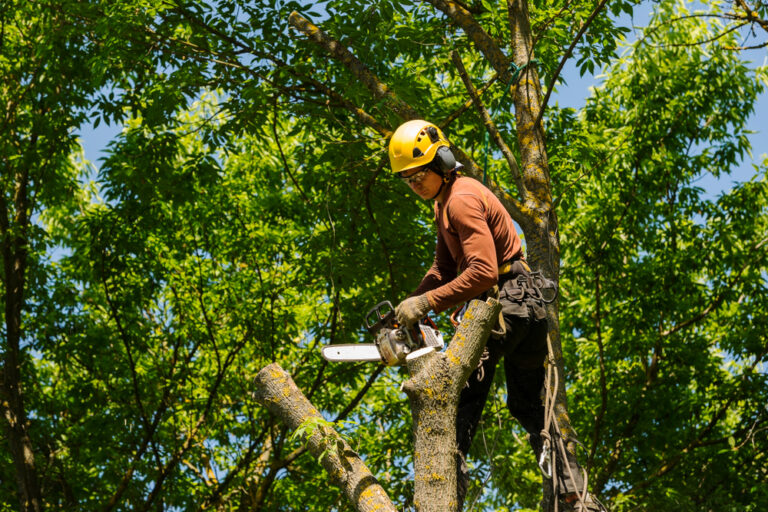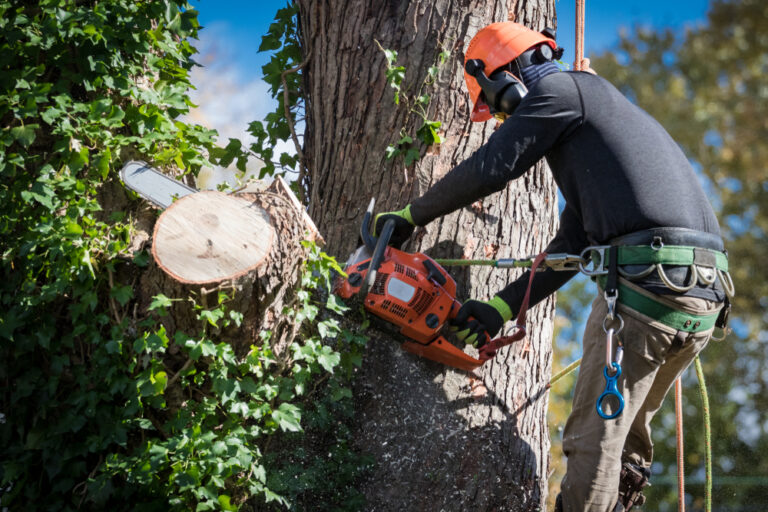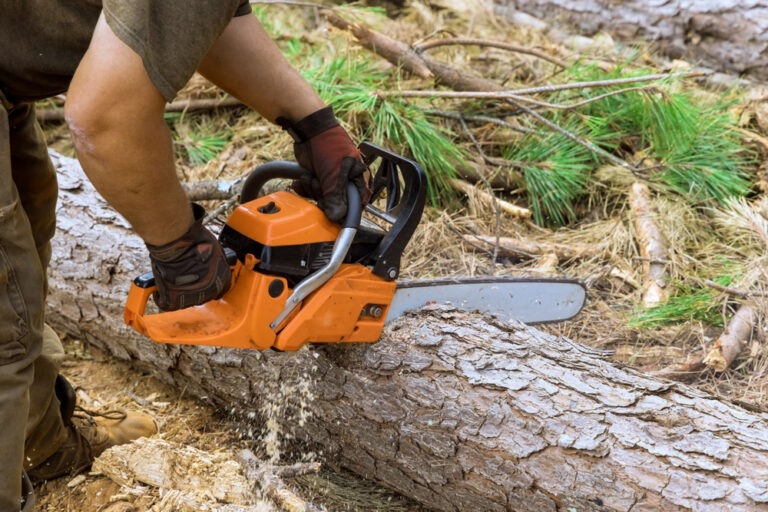The Environmental Impact of Tree Removal in Richmond VA
Tree removal plays a crucial role in urban landscapes, especially in cities like Richmond, VA. While cutting down trees can address safety concerns and make room for development, it also brings significant environmental consequences. Understanding the ecological impact is essential for residents, businesses, and policymakers to make informed decisions. This article explores the positive and negative environmental outcomes of tree removal in Richmond VA, focusing on air quality, wildlife, soil health, and climate change mitigation.
Importance of Trees in Richmond’s Ecosystem
Richmond’s urban forest provides vital ecological services. Trees improve air quality, stabilize soil, support wildlife, and regulate temperatures. The city’s native oak, maple, and pine trees not only beautify neighborhoods but also offer functional benefits. These benefits include stormwater control and carbon sequestration, which reduces the city’s carbon footprint.
The loss of these trees disrupts the balance of Richmond’s ecosystem. Trees are not just decorative elements; they play an active role in controlling pollution and managing urban heat. Before removing trees, understanding the risks to local environmental health is essential.
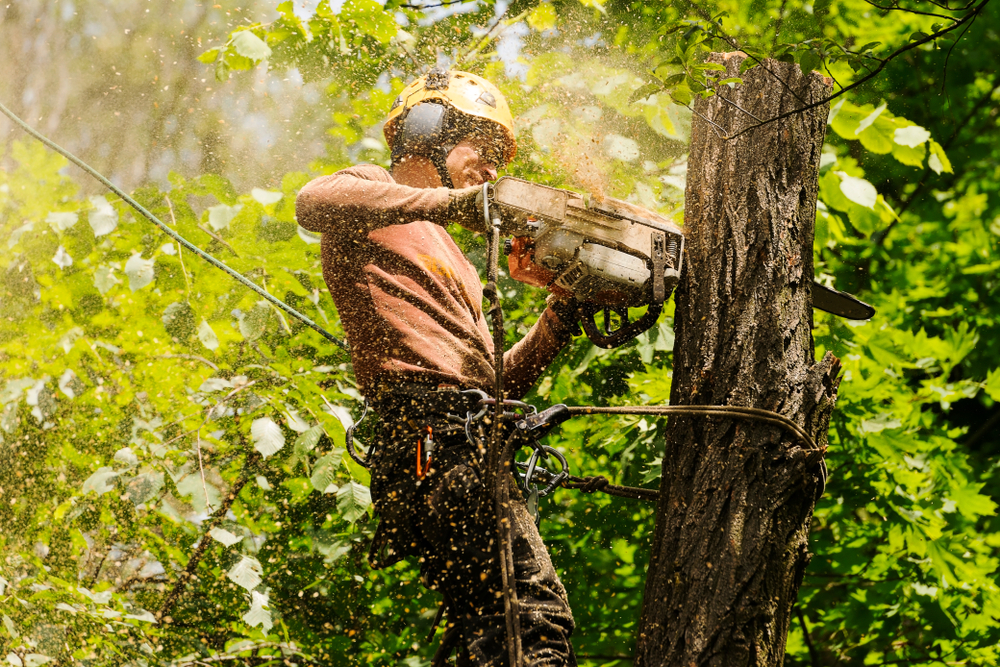
Air Quality and Carbon Sequestration
- Positive Impact: Reducing Pollen and Allergens: Tree removal can reduce some forms of air pollution, particularly allergens like pollen. In certain areas, trees like oak or birch release pollen that exacerbates respiratory issues for residents. Removing these problematic species can improve air quality during allergy seasons. However, this benefit is limited to specific cases where allergens are severe.
- Negative Impact: Decline in Air Quality: Trees filter harmful pollutants like ozone, carbon dioxide, and particulate matter. When a tree is removed, the air filtering capacity declines. In Richmond, which experiences summer heat waves, trees reduce the urban heat island effect. This cooling effect lowers air conditioning use, indirectly reducing carbon emissions. With fewer trees, Richmond may experience increased temperatures and higher pollution levels.
Moreover, tree canopies trap dust and harmful particles, keeping the air cleaner. When a large number of trees are removed, dust and pollution levels tend to rise. As a result, residents may experience worsened respiratory health.
Effects on Wildlife and Biodiversity
- Positive Impact: Removing certain trees can help control invasive plant species that threaten Richmond’s native flora. Invasive trees like Bradford pear spread rapidly and displace local plants, reducing biodiversity. Tree removal creates opportunities to reintroduce native species better suited to the local environment.
- Negative Impact: Many animals rely on trees for food, shelter, and nesting spaces. Squirrels, birds, and insects use Richmond’s trees as homes, while larger animals rely on tree cover for safety. Cutting down these trees disrupts the natural habitats, forcing wildlife to relocate. Fragmentation of green spaces also limits the movement of animals, causing ecological stress.
Without tree cover, migratory birds may stop visiting Richmond, impacting the region’s biodiversity. The removal of mature trees is particularly damaging, as these trees provide complex habitats that young trees cannot replace quickly.
Soil Health and Erosion Control
- Positive Impact: Removing dead or diseased trees can improve soil quality. When decaying trees remain, they can introduce harmful fungi or bacteria to the soil. Clearing them reduces the spread of disease and encourages healthier growth.
- Negative Impact: Healthy trees anchor the soil with their roots, preventing erosion. In areas like Richmond that experience frequent storms, trees stabilize the land and reduce the risk of landslides. When trees are removed, the soil becomes loose and vulnerable to erosion. This degradation affects the quality of nearby water bodies, as soil runoff contaminates rivers and streams.
Additionally, tree roots help retain water in the soil, which supports nearby plants and vegetation. Removing trees disrupts this water retention process, leading to drier soil conditions and reduced plant health.
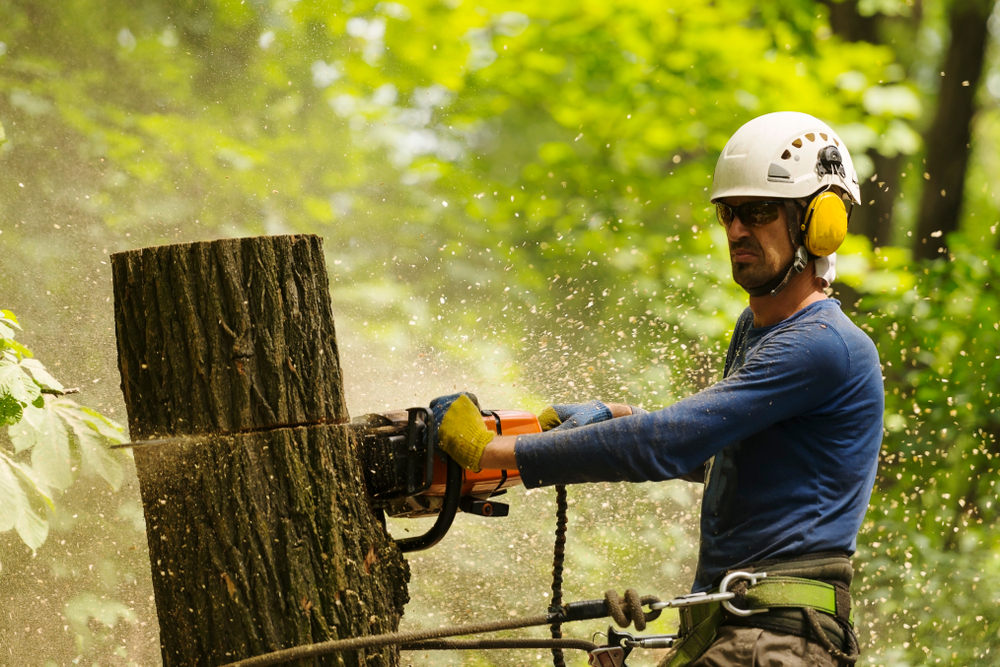
Impact on Climate Change Mitigation
- Positive Impact: Reducing Risks of Wildfires: In some cases, tree removal is necessary to reduce wildfire risks. Dense, unmanaged forests can become fire hazards, especially during dry conditions. By selectively removing trees, Richmond can lower the chance of wildfires spreading to residential areas.
- Negative Impact: Loss of Carbon Storage: Trees play a critical role in carbon sequestration. By absorbing carbon dioxide from the atmosphere, they reduce the greenhouse gases contributing to climate change. Each time a tree is removed, its carbon-storing capacity is lost. This loss accumulates when multiple trees are cut down, resulting in a larger carbon footprint for Richmond.
Planting new trees can offset some of the carbon loss, but young trees take decades to match the carbon-storing capacity of mature ones. Thus, widespread tree removal can undermine local efforts to fight climate change.
Stormwater Management Challenges
Positive Impact: Addressing Infrastructure Needs
In certain situations, tree removal is necessary to accommodate urban infrastructure. Expanding roads, building new homes, or installing utilities may require cutting down trees. These improvements can benefit the community by reducing traffic congestion or providing better services.
Negative Impact: Increased Flooding Risks
Trees play an essential role in managing stormwater. Their roots absorb water, reducing runoff that can overwhelm Richmond’s drainage systems. Without trees, stormwater flows directly into streets and sewers, increasing the risk of urban flooding.
Moreover, tree canopies slow down rainwater, giving the ground more time to absorb it. When trees are removed, rainwater hits the ground with full force, contributing to soil erosion and water pollution.
Mitigation Strategies for Tree Removal
- Strategic Tree Removal: Rather than removing trees indiscriminately, Richmond should adopt a strategic approach. This includes identifying and removing only dead, diseased, or invasive trees. Strategic removal minimizes environmental damage while promoting healthier ecosystems.
- Replanting Programs: Tree removal should be followed by replanting efforts. Planting native species helps restore the ecological balance. For example, replacing invasive trees with native ones like Virginia pine ensures long-term environmental benefits. The city can also introduce tree-planting incentives to encourage residents and businesses to participate.
- Urban Planning and Green Spaces: Integrating trees into urban planning can offset the negative impact of tree removal. Creating parks, green corridors, and rooftop gardens ensures Richmond retains its greenery even amid urban development. Incorporating trees along streets and public spaces can enhance biodiversity and improve air quality.
Community Involvement and Education
Raising awareness about the environmental impact of tree removal is crucial. Community involvement ensures tree removal decisions are well-informed and considerate of local ecosystems. Richmond residents can participate in tree care workshops and advocacy programs. By engaging the public, the city can create a culture of environmental responsibility.
Educating residents about the benefits of urban forestry can also reduce unnecessary tree removal. When people understand how trees contribute to their well-being, they are more likely to support preservation efforts.
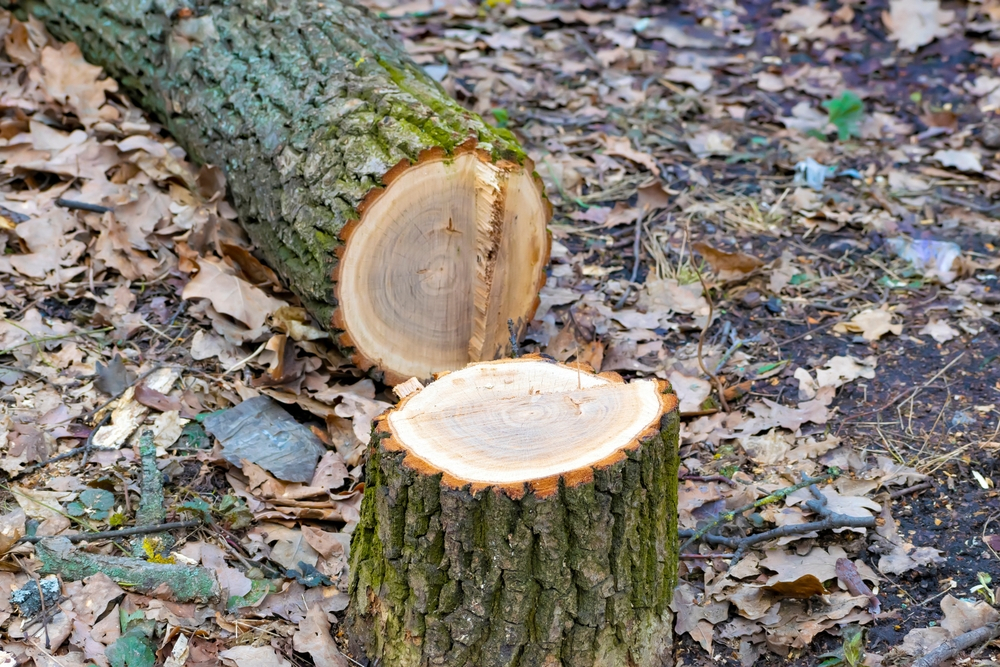
Conclusion
Tree removal service provider in Richmond, VA, brings both positive and negative environmental impacts. While it addresses specific concerns like wildfire risks, invasive species, or infrastructure needs, it can harm air quality, wildlife, and soil health. Unplanned removal also contributes to climate change by reducing carbon storage and increasing urban heat.
The solution lies in a balanced approach. Strategic tree removal, combined with replanting efforts and community involvement, can minimize environmental damage. Through thoughtful urban planning and education, Richmond can preserve its green spaces while meeting the needs of a growing city. Sustainable tree management ensures that Richmond’s environment remains healthy for future generations.
Tree Trimming Richmond
(804) 533-3943
https://treetrimmingrichmond.com/

